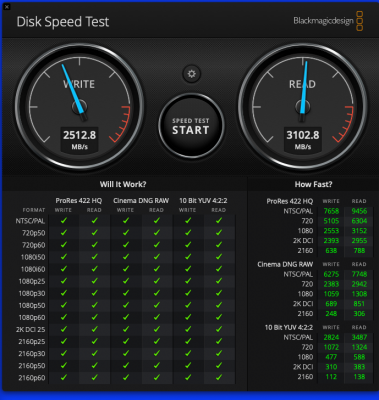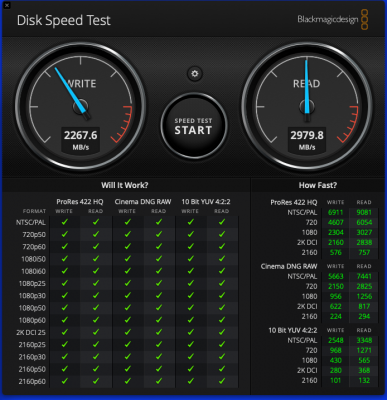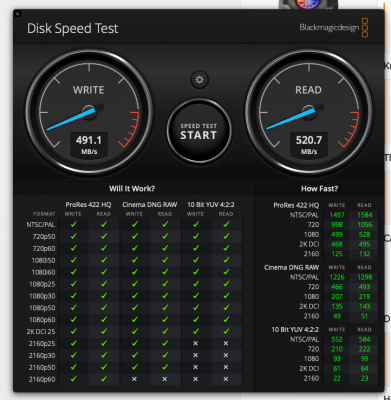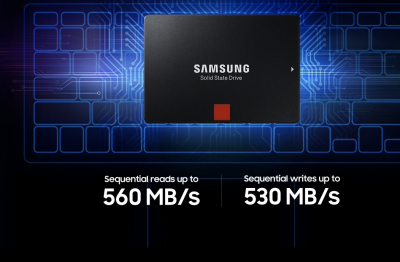CaseySJ
Moderator
- Joined
- Nov 11, 2018
- Messages
- 22,197
- Motherboard
- Asus ProArt Z690-Creator
- CPU
- i7-12700K
- Graphics
- RX 6800 XT
- Mac
- Classic Mac
- Mobile Phone
I am surprised by how stable OpenCore is despite being in Beta. Unlike some of the recent reports of instability, my system continues to be absolutely rock solid with both Clover and OpenCore....
How stable is your OpenCore configuration? Still in beta? Would you recommend to switch from Clover? What advantages you are seeing at this moment?
At this time I honestly don't see any clear advantages of OpenCore over Clover.
- Clover has a more complete GUI -- the Clover Boot Menu -- that contains a lot of functionality.
- Clover Boot Menu has themes to customize the look and feel.
- Clover's config.plist is easier to configure.
- Clover boots just as fast, if not a little faster, than OpenCore (which, again, is still in Beta).
- Clover is undergoing continuous improvement. Even 32GB DIMM modules are now supported without the need to enumerate DIMMs in SMBIOS --> Memory.
- Clover provides EmuVariableUefi and rc scripts to emulate NVRAM on systems without native support. OpenCore provides a very clunky method using LogoutHook (which I was never able to set up correctly).
- Clover allows us to use acidanthera's FwRuntimeServices and VirtualSMC.
- Clover allows us to enable iGPU without running into memory allocation problem! At this time most of us have to disable iGPU when using OpenCore.
- Clover supports Windows and Linux very well. It does not inject macOS properties when booting those operating systems.
- OpenCore has better support for FileVault (which I have never used).
- OpenCore provides hotkey support for features such as CMD-R (recovery), CMD-OPT-P-R (reset NVRAM).
- OpenCore loads third-party kexts without breaking SIP (system integrity protection).
- OpenCore appears to support a more extensive set of UEFI protocols than Clover.
Last edited:




